There’s no better time to show appreciation for the women in your life than on Mother’s Day. I’m so grateful to not only have a mother who always supported my dreams (unfortunately, not all parents are cool with their kids being Studio Art majors), but also an amazing grandmother who doubles as a best friend and a seriously kick-ass step mom who is truly, an inspiration.
This year I was also lucky enough to gain an amazing mother-in-law, who is as kind as she is self-less.
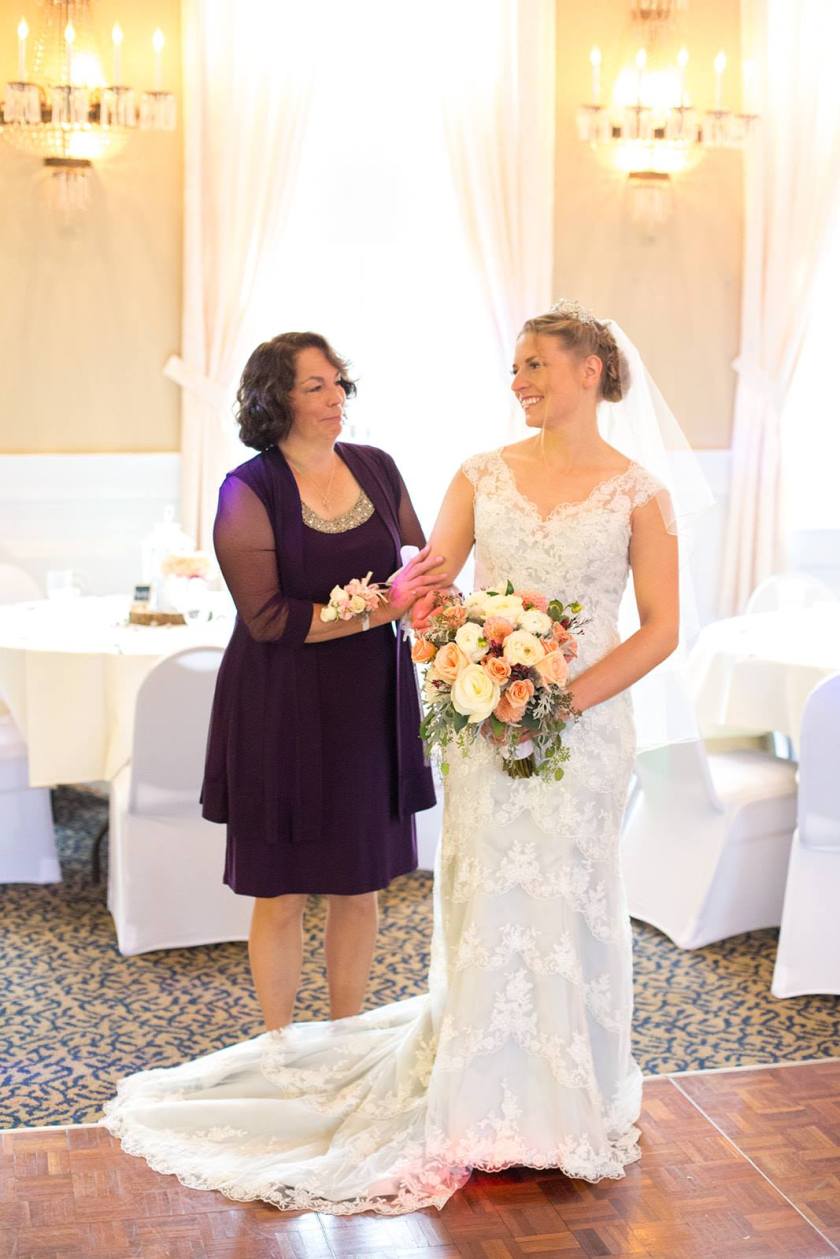
As you’re deciding upon what to gift mom this year, try getting creative and thinking outside the box. Check out these four ideas to get your creative juices flowing:
Nothing says “I love you” like baked goods
There’s a reason we use the expression “made with love” whenever we talk about homemade goodies. Bake up your mom’s favorite treat and package it in a cute box with a festive bow. Make the gift extra special by using a family recipe.
Or check out some of my favorite goodies using the recipe links below:
- Lemon Blueberry Cheesecake Bars
- Spicy Mexican Hot Chocolate Cookies
- Chocolate Whoopie Pies
- Carrot Cake Muffins – these ones are also super healthy! For those active moms 😉
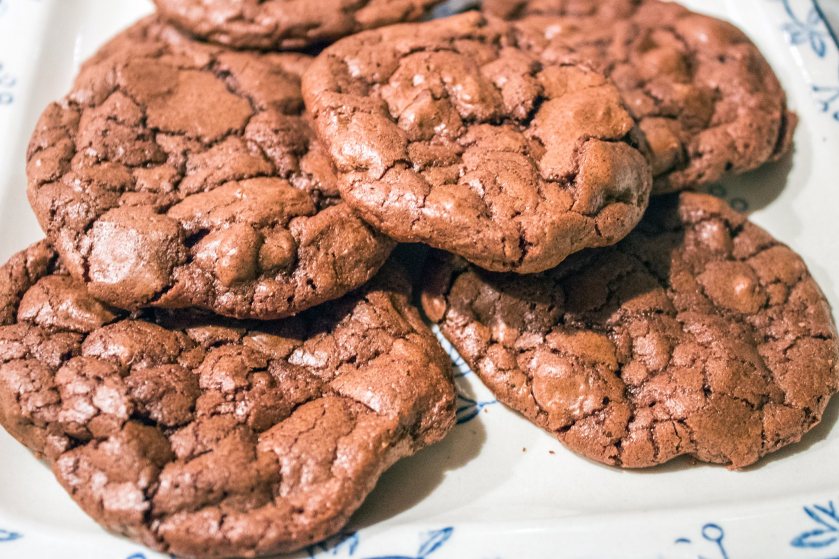
Give the gift of mindfulness
Moms have a lot going on! Inspire mom and help her find some peace from time to time by gifting her a journal to keep her thoughts organized and de-stress. Journals come in so many fun shapes in sizes. I especially love this book that teaches readers to be more creative by being more mindful and relaxed. Read more about this title here and shop it here.
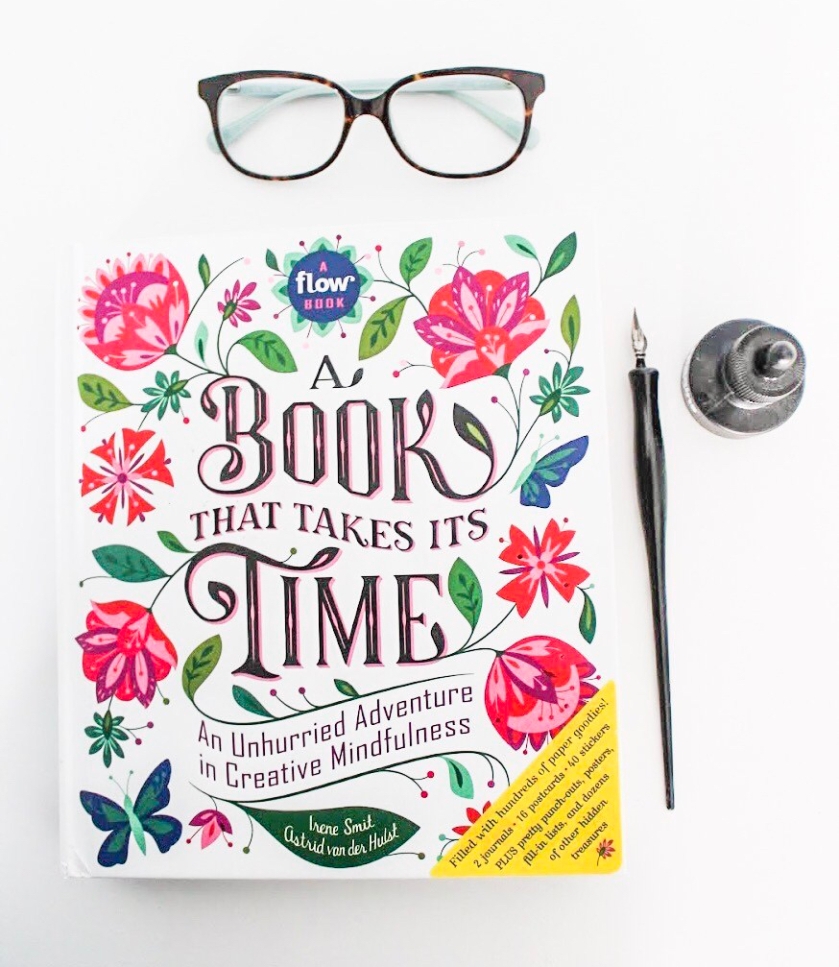
Gift her flowers…then show her how to save them!
Flowers are always a safe bet. This Mother’s Day, take the extra step and show mom how to preserve the bouquet even after the holiday has passed. All you need is some string, a dark place (closet) and some hairspray. For more information on preserving flowers, click here.

Learn something new together!
Creative workshops have become super popular over the last few years, with artists and DIYers offering up their expertise to teach community members new skills. While you’ve probably come across a painting workshop or two, think outside the box and try new skills like calligraphy, weaving or embroidery. Look for a workshop near you and buy tickets for you and your mom to go together. Mom will enjoy spending time with you and you’ll both be learning something new!

Follow me on Instagram @theperpetualcreator to learn more about my upcoming workshops!
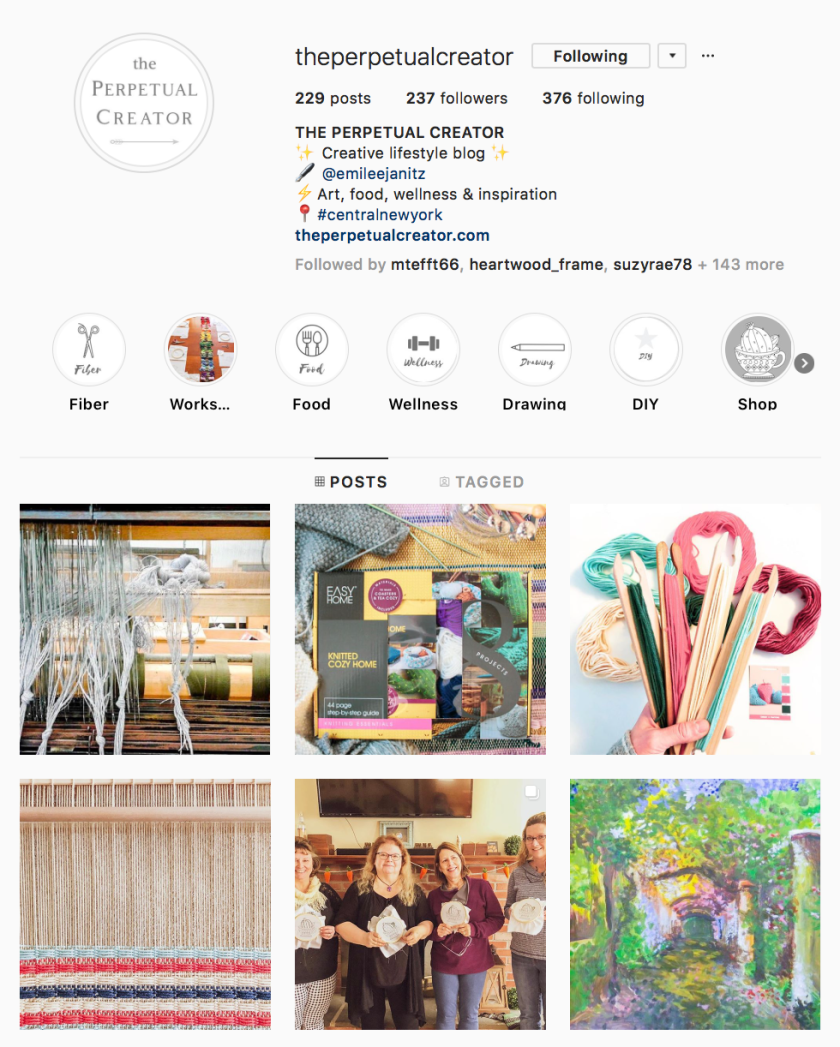
Wishing you and your mom the best possible Mother’s Day filled with love.

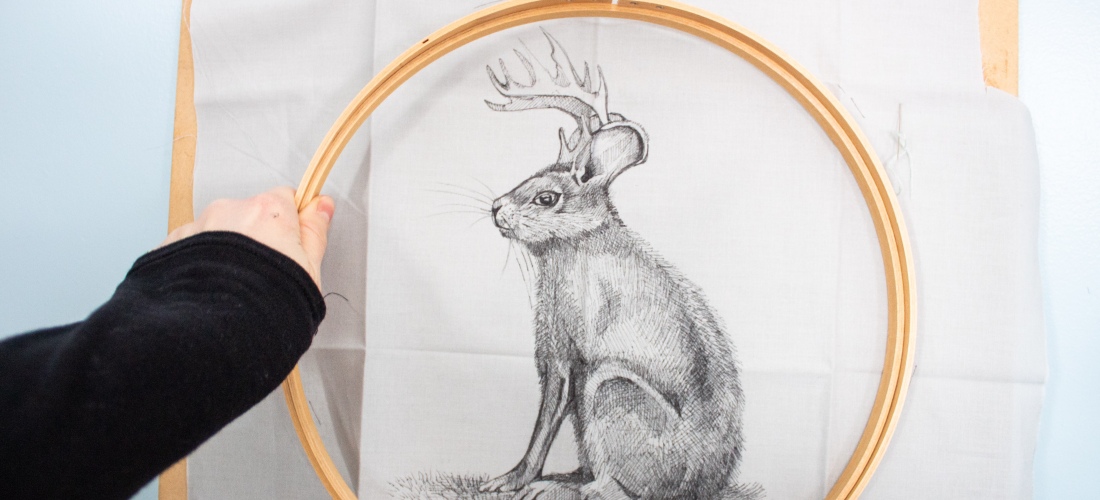
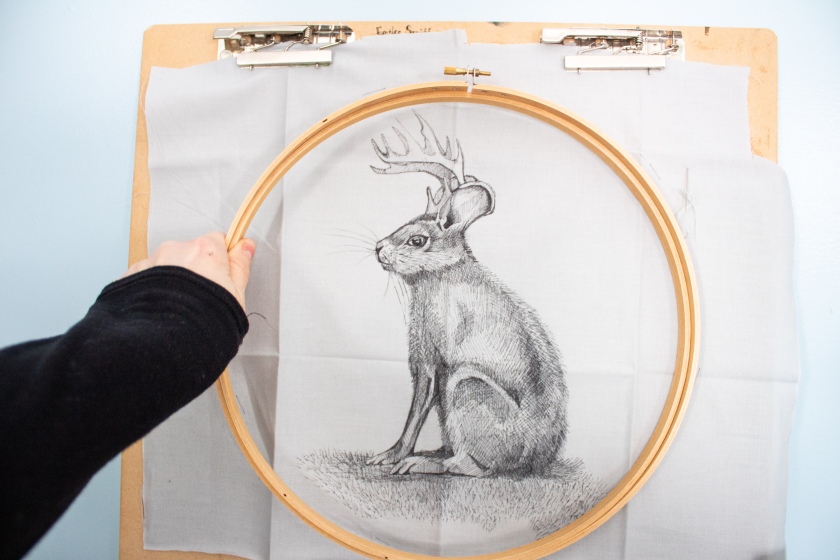
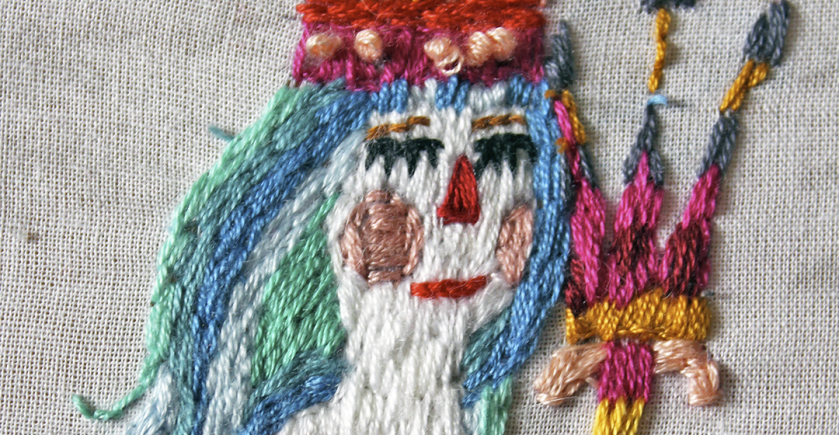
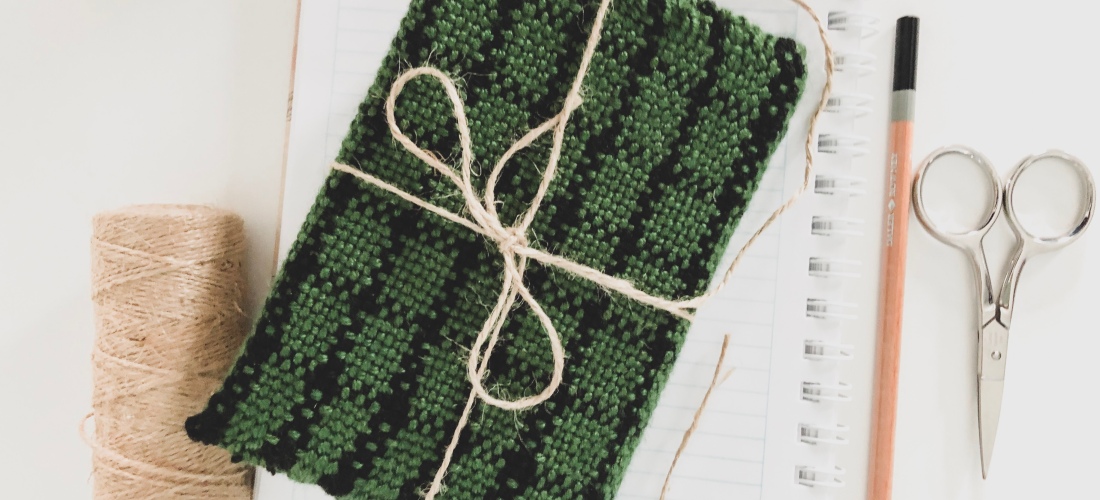


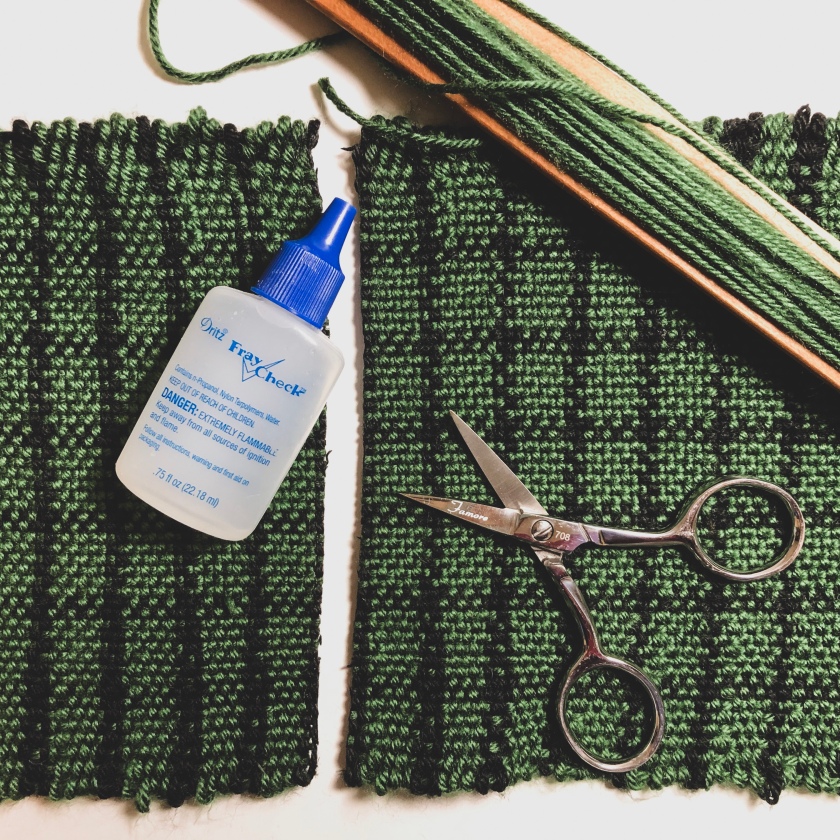
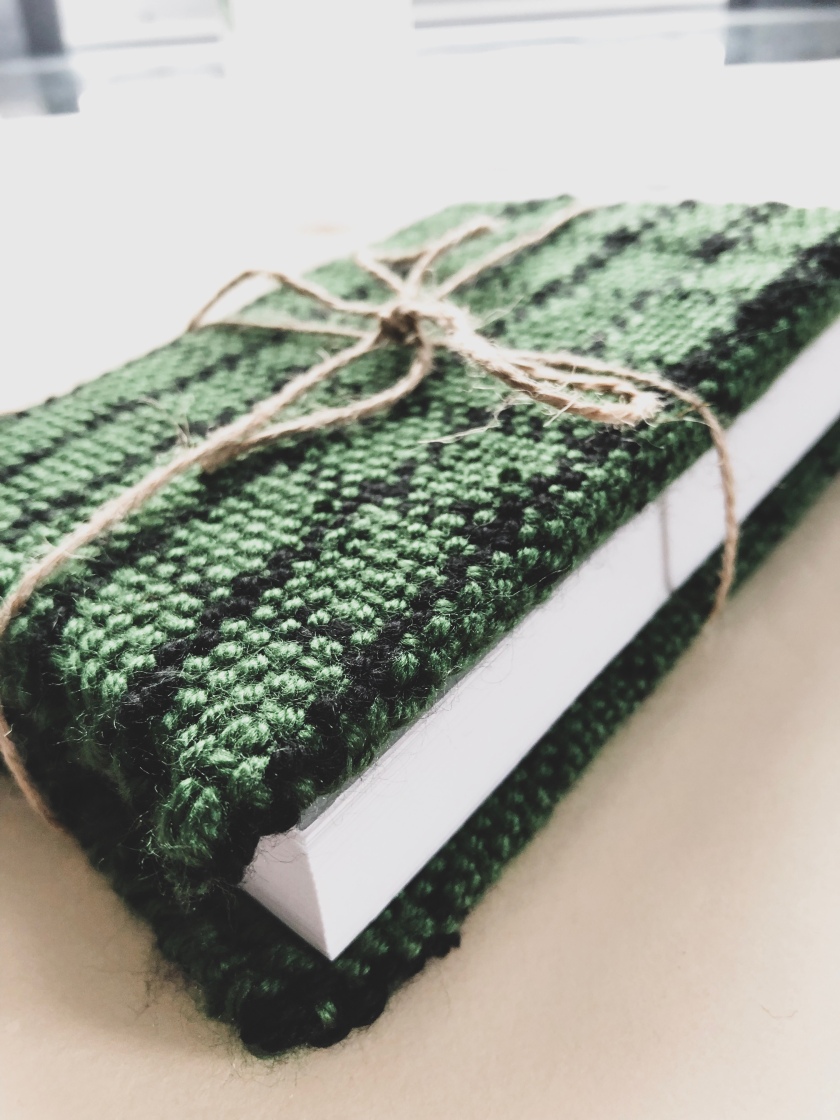
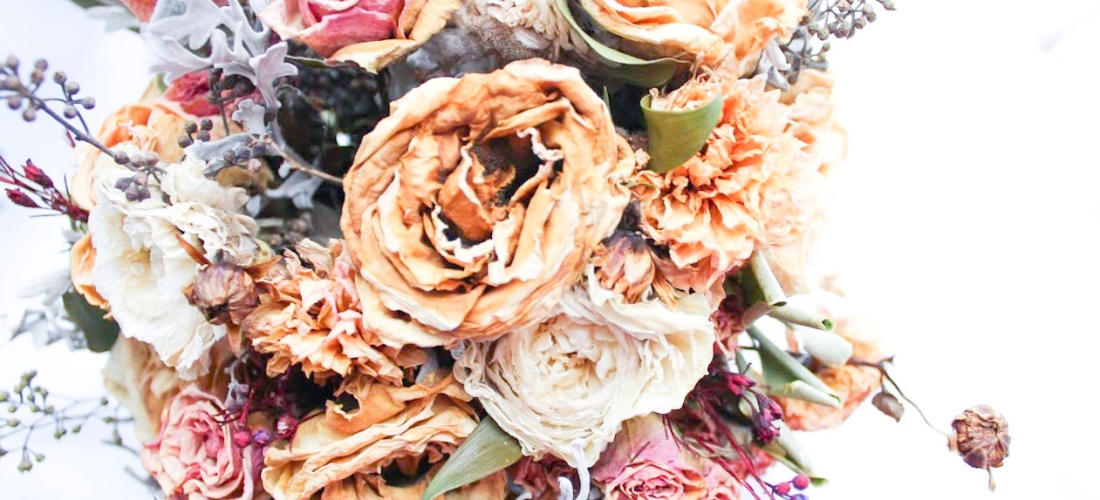






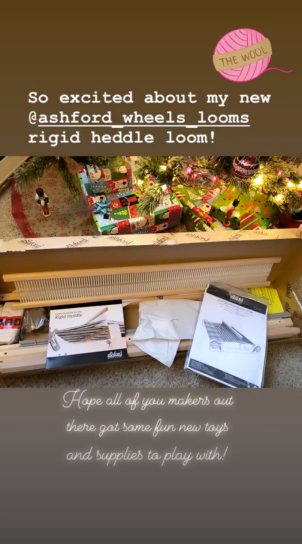 This Christmas my husband gifted me perhaps the greatest present you could ever buy a fiber artist: an
This Christmas my husband gifted me perhaps the greatest present you could ever buy a fiber artist: an 























